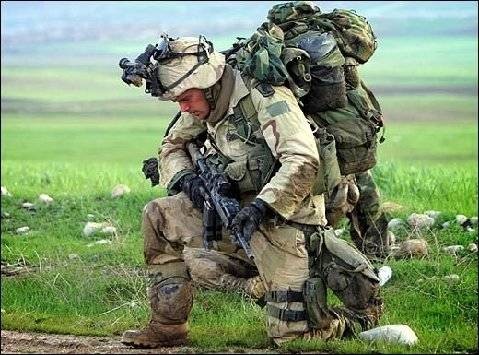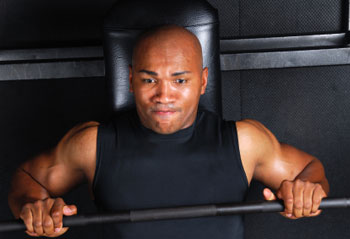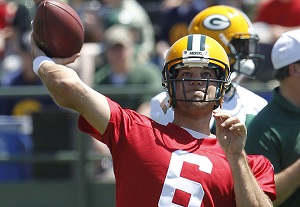Normally the female posts are on Monday, but yesterday was Memorial Day. I want to keep highlighting 70’s Big readers who compete every weekend because it’s always been my aim to urge readers to compete in something. Given that all of us enjoy lifting, it’s natural to try powerlifting, but other things like martial arts or recreational team sports are fair game. For some people, being able to participate in an active hobby like hiking is enough. I just want you to do something.
People get so much out of competing. They put themselves in an uncomfortable situation to perform as well as they can against others while being judged on how well they do it. There may be similar pressures in a work environment, but the biggest fear for physical competition is, “I’m not good enough.” That’s exactly why you should compete; because you aren’t. If you were good enough, you’d already have been at the world level. But it’s not about how you compare to others, it’s how you compare to yourself. Can you overcome the fear, submit the entry application, and show up to something you’re uncomfortable with? Can you properly conduct yourself physically, mentally, and emotionally in a competitive environment?
99% of the time, people have a great time and learn a lot about themselves. Most importantly, it funnels your training into a single event. It not only gives you something specific to train for, but it holds you accountable every day to prepare for that event. Squatting heavy means more when you know it’s part of the build up for a state powerlifting meet.
You probably competed as a child or as an adolescent and it helped define your character. If you haven’t competed in a while, then make it a point to get back on the platform, the field, or the court. It’ll keep you keen and sharp.
This past weekend, a long-time 70’s Big reader, Kari (she posts as Karibot) competed in a push-pull meet. She benched 67.5kg (a PR and state record) and deadlifted 110 and 115kg. The 115kg was a PR, but “(she) stood up with it, locked it out easily, and was red lighted because (she) “apparently” put it down before the command. (She) will never let that happen again”. And she was complimented on wearing a 70’s Big shirt. Congrats, Kari — proud of ya.
Hi Justin —
Competed in my first meet today. Results are in the comments from Friday’s post, but I thought I’d send in a picture repping 70s Big.
And many thanks for urging all of us to get serious and compete. I never would have done this without the 70s Big support!
-Kari(bot)




